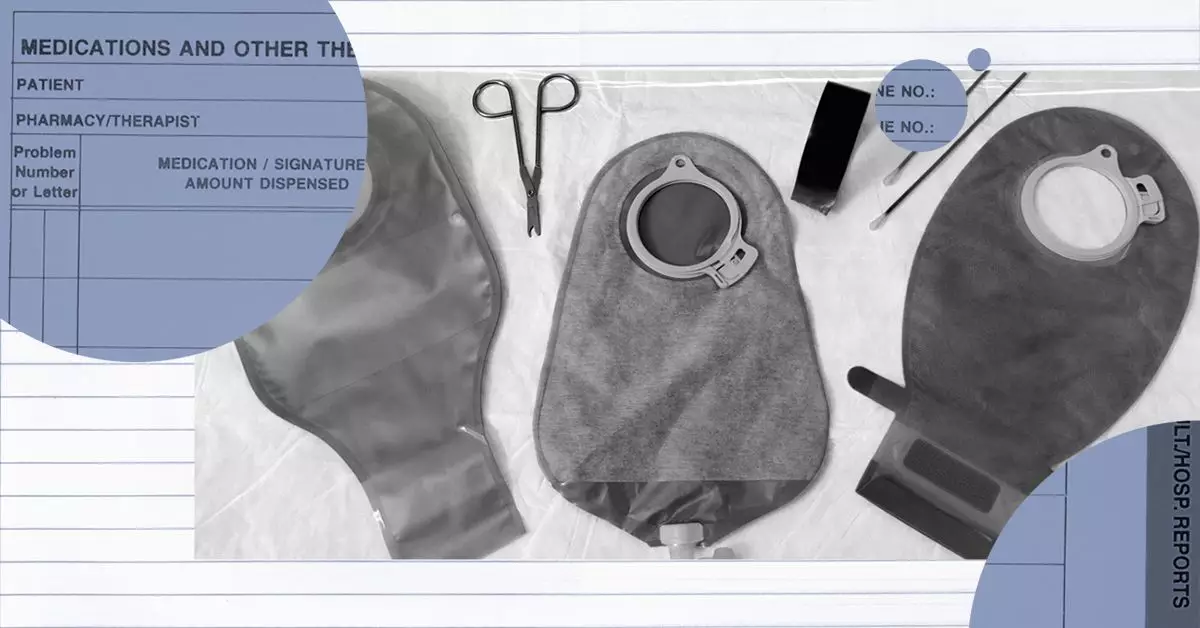Ileostomy procedures are becoming increasingly common for individuals facing severe intestinal disorders, such as Crohn’s disease. These medical interventions help manage symptoms and allow the bowel to heal, but they require an adjustment period, both physically and emotionally. At the heart of this adjustment is the ileostomy bag, a crucial component for collecting digestive waste that exits through a created stoma on the abdomen. This article delves into what an ileostomy bag is, how to care for it, and the expectations one should have for recovery and lifestyle changes post-surgery.
An ileostomy bag is designed to gather the body’s waste once the normal route through the rectum is bypassed. During ileostomy surgery, surgeons construct a stoma, an artificial opening in the abdominal wall, facilitating the diversion of waste. For many patients, this procedure can be life-altering. While it may initially seem daunting to live with an external bag for waste collection, modern bags are designed with comfort, discretion, and security in mind. They come in various sizes and types, accommodating different lifestyles and body shapes.
Patients must understand that with an ileostomy, digestive waste flows continuously, necessitating frequent emptying of the bag—potentially multiple times daily. This can be a significant adjustment for individuals accustomed to more traditional bowel habits. However, learning to manage this process effectively can lead to a greater sense of control and comfort.
Proper care of the ileostomy bag and stoma is paramount to prevent complications, including skin infections and leakage. Comprehensive skin care is essential; the area surrounding the stoma should always be kept clean and dry. When emptying the bag, it is advisable to do so as soon as it is filled to about a third of its capacity. This helps to minimize discomfort and reduces the likelihood of leaks or ruptures.
In general, it is recommended that individuals with an ileostomy change their pouch every two to three days. However, the frequency of change may vary based on individual output levels and personal comfort. Some may elect to use the same pouch for longer periods, while others may favor more frequent changes to ensure cleanliness and reduce irritation. Observation of any signs of skin irritation or infection should prompt immediate communication with a healthcare provider.
Lifestyle changes often accompany the transition to using an ileostomy bag. One of the first considerations for many is clothing. It is recommended to avoid tight-fitting garments that could apply pressure to the stoma or bag, as this may cause discomfort and increase the risk of complications. Instead, opting for loose-fitting, comfortable clothing can make a significant difference.
Dietary habits might also require some reevaluation. For instance, consuming smaller, more frequent meals can help manage output levels more effectively than larger, infrequent meals. Additionally, a person may want to avoid heavy meals before bedtime to reduce the occurrence of nighttime bowel movements. Staying hydrated is crucial, as individuals with an ileostomy often experience increased fluid loss; therefore, drinking plenty of fluids is essential.
Contrary to what some might think, having an ileostomy bag does not equate to a diminished quality of life or lifespan. Many individuals find that undergoing an ileostomy not only alleviates their immediate health concerns but can also contribute positively to their overall well-being. By eliminating debilitating symptoms and preventing serious complications, an ileostomy may actually lead to improved life expectancy.
Embracing life with an ileostomy bag requires patience, education, and proactive management. By understanding the intricacies of care, making informed lifestyle choices, and maintaining open communication with healthcare providers, individuals can navigate their journey more confidently. While it can be a challenging transition, many find empowerment in adapting to their new normal, paving the way for a fulfilling life post-surgery.

